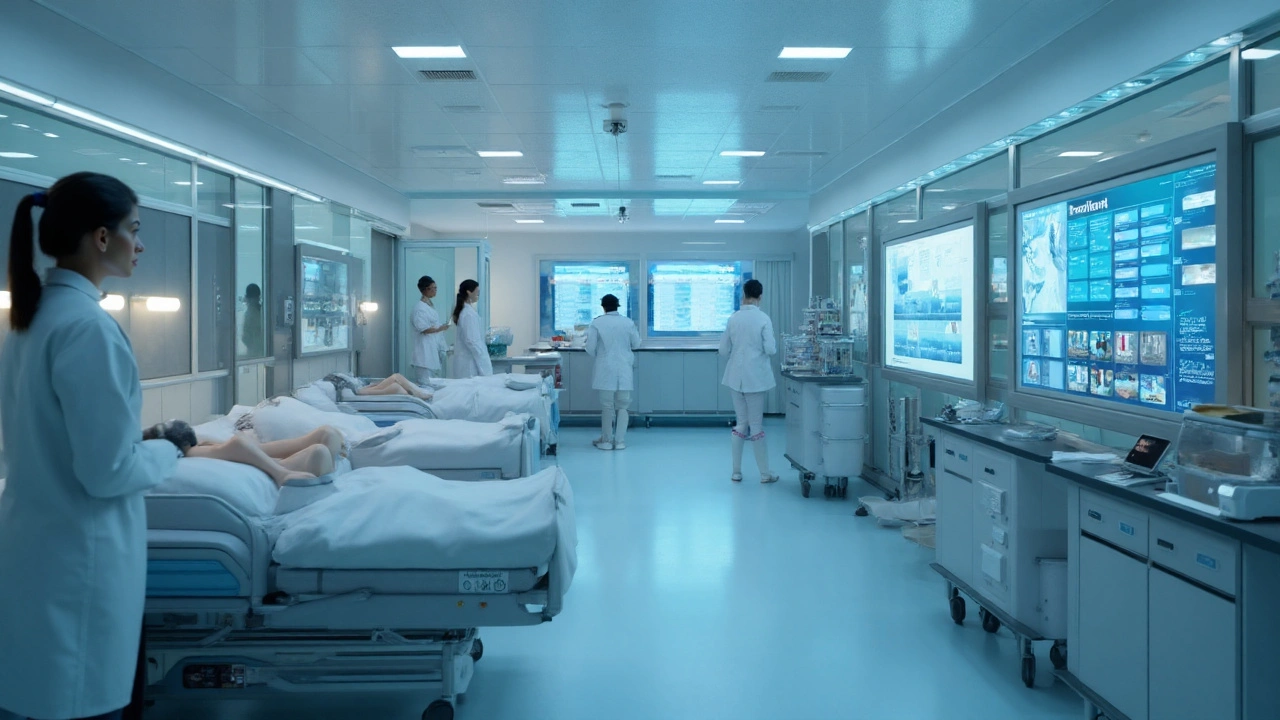Pharmacy Education: Essential Tips for Safe Medication Use
If you ever wonder whether a medicine is right for you, you’re not alone. Knowing the basics of pharmacy education can stop a bad reaction before it starts. Below you’ll find simple steps you can use right now, no medical degree required.
Understanding Over‑the‑Counter (OTC) Medications
OTC drugs are the ones you pick up without a prescription. That doesn’t mean they’re risk‑free. First, read the label. Look for the active ingredient, the dosage amount, and how often you can take it. If the label says “Do not exceed 4 doses in 24 hours,” stick to it.
Next, match the symptom to the drug. A cold cough syrup works for a cough, but it won’t help a headache. Using the wrong medication can waste money and make you feel worse. When you’re unsure, a quick phone call to a pharmacy clerk can clear things up.
Watch for red‑flag warnings. These are usually in bold or highlighted. Common red flags include “Do not use if you have high blood pressure,” or “Avoid if pregnant.” If any warning matches your health condition, put the product back.
Finally, keep a list of everything you take, including vitamins and supplements. Interactions happen when two products affect each other’s absorption or side effects. A written list helps you and your pharmacist spot problems before they happen.
Reading Drug Interaction Charts Made Simple
Drug interaction charts look confusing at first glance, but they follow a simple code. Columns list the medicines you’re considering; rows list the medicines you’re already taking. If a cell is green, the combo is safe. Yellow means caution—talk to a pharmacist. Red means avoid.
Start by finding the medicine you plan to add. Follow its column across until you hit the row of each drug you already use. If any cell turns red, skip that combo. If you see yellow, ask a pharmacist whether a dose change or timing adjustment can make it safe.
Don’t forget over‑the‑counter and herbal products. Many charts include them, but some don’t. When in doubt, type the name into a search engine plus “interaction” and see if reputable sites list any issues.
One practical tip: use a smartphone app that stores your medication list and flags interactions. Most apps pull data from reliable databases and give you instant alerts.
Remember, you are the first line of defense for your health. By reading labels, noting warnings, and checking interaction charts, you cut down the risk of side effects and keep your body running smoothly. Take a few minutes each time you pick up a new product, and you’ll feel more confident about what you’re putting in your body.
Got a specific question about a drug? Write down the name, dosage, and why you need it, then ask your pharmacist. They love the details and can give you the best advice. Stay curious, stay safe, and let pharmacy education work for you.
How Future Pharmacists Are Trained: Modern Pharmacy Education Trends
Posted by Anna Fenton on Sep, 20 2025

Explore how pharmacy education is evolving to prepare future pharmacists with clinical simulations, interprofessional learning, AI tools, and telepharmacy.
